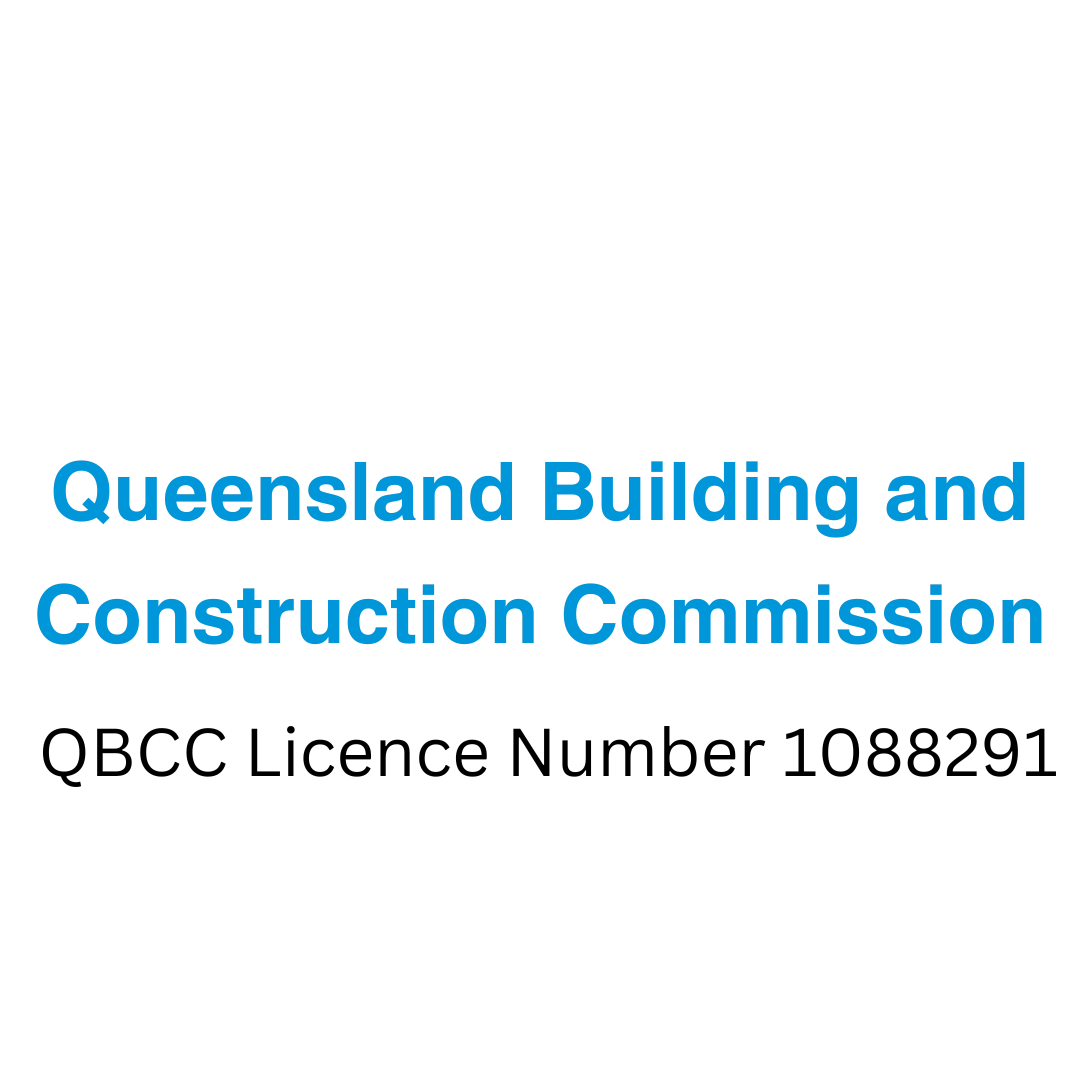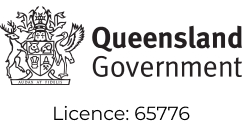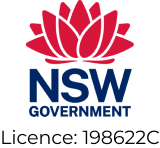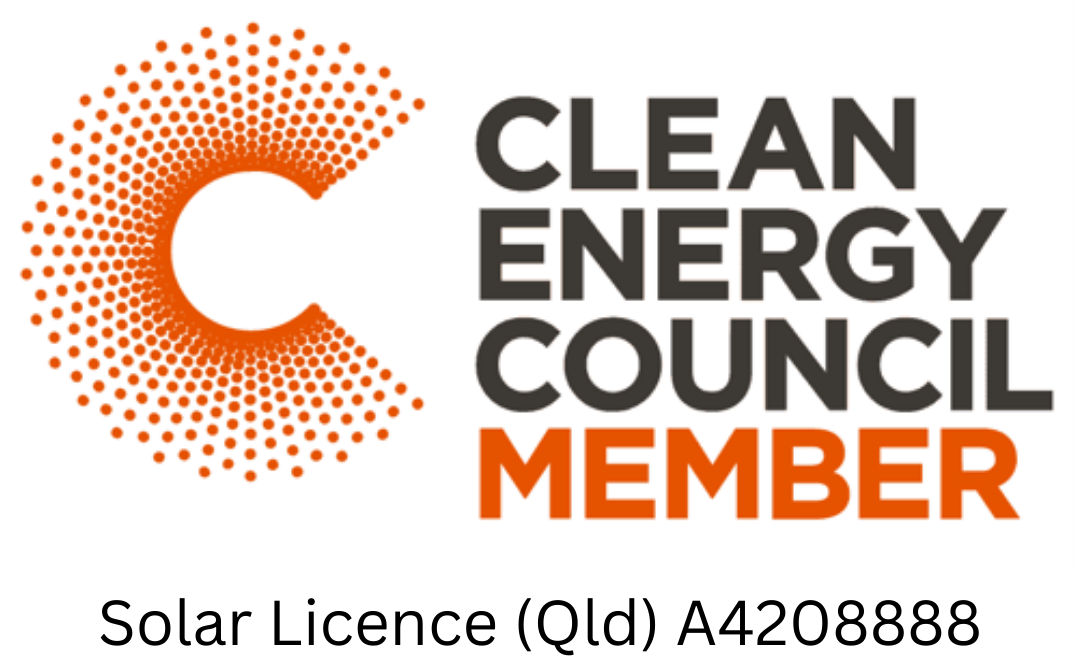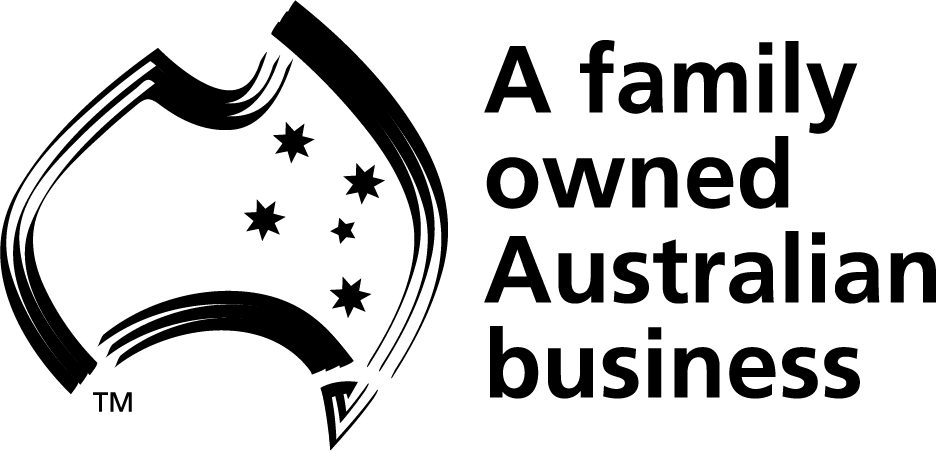What’s the best solar panel location?
If you are looking into having a solar system installed, you likely have so much information rolling around in your head you don’t know what to look at first. From cost to size to placement to energy requirements, there is a huge amount of information to consider and take in, which is why we thought we would help you out a little and get together some information on solar panel location and, more importantly, solar panel orientation. Where you should have your panels installed, and what way should they be facing? These are critical questions to get right to ensure you get the most out of your solar system, so let’s take a look.
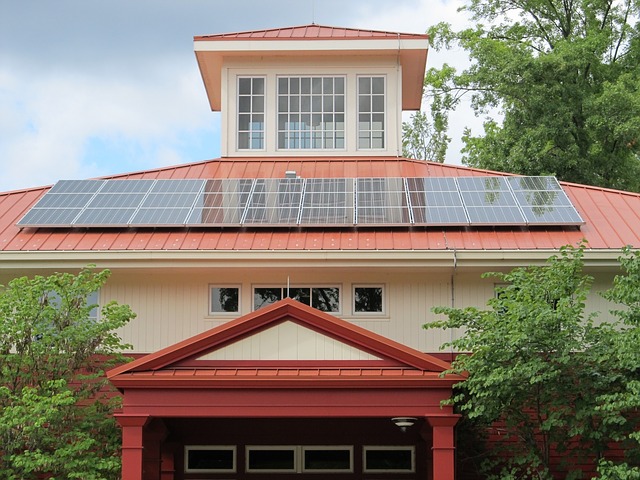
What orientation should my solar panels be placed?
Generally, to get the most energy production over the whole year, solar panels are usually oriented to the north and, if this isn’t possible, northwest and northeast are the next best options. This is then followed by due west and due east… and then south. As logic suggests, solar panels work best when they’re directly facing the sun, and the sun gives the most light during the middle of the day when it’s to the north of Australia. In saying all of this, check out the different orientations below and their benefits for different households. Just because you don’t have a north-facing roof, doesn’t mean you can’t have solar panels!
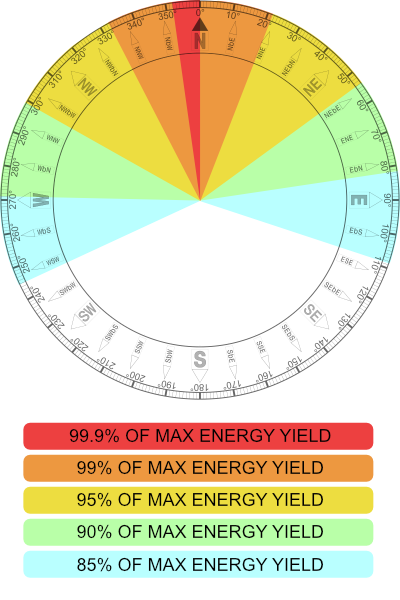
North orientation
In Australia, north is the best way to place your solar panels. They will produce the most electricity and are especially the best choice for people who are at home for the majority of the day. This isn’t just because you use the electricity when it is produced, but also because it is easy for you to shift demand by using washing machines, clothes dryers, pool filters and other devices in the middle of the day. Additionally, because north-facing solar panels produce the most electricity overall, they offer the highest environmental benefits
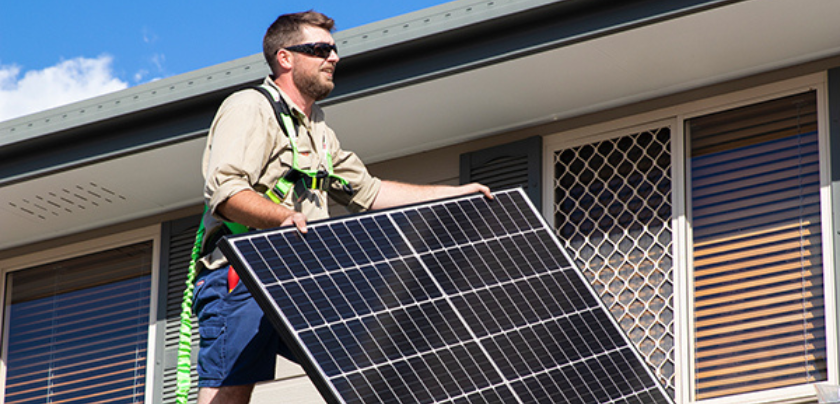
North-west orientation
North-west facing solar panels produce around 5% less electricity than north-facing panels. Their electricity production throughout the day sits between that of north and west-facing panels, and they produce slightly less electricity in the morning and slightly more electricity during the afternoon.
North-east orientation
North-east-facing solar panels produce around 5% less electricity than north-facing panels. Their electricity production through the day will be between that of north-facing and east-facing panels.
West orientation
West-facing solar panels produce around 12% less electricity than north-facing panels, and they produce less electricity in the morning and more electricity during the afternoon. West-facing panels reach their peak around 1.30 pm in the afternoon, and just before sunset, they produce around 1/4 of their peak maximum. If you have high summer aircon demands, orienting your solar panels to the west can be a good choice, as well as people who leave the house before sunrise and return in the afternoon. However, because of the lowering of the total amount of electricity produced compared to north-facing panels, the increase in self-consumption that will result will need to be quite high to make west-facing solar panels worth your time.
East orientation
East-facing solar panels are very similar to west-facing panels, with around 12% less electricity than north-facing panels. East facing panels however produce more electricity in the morning and less in the afternoon, meaning they suit homes that have a high electricity usage during the morning, such as people who use heating for cold mornings or who are out during the afternoon.
Both east and west
You can have solar panels facing both east and west, which will produce about 12% less electricity than north-facing panels. Often known as an ‘east/west split’, the benefit of this arrangement is the production of a more constant output of electricity during the day, which can help to increase self-consumption. The number of panels facing a particular way will be based on the needs of the household – if you use more electricity in the afternoon, you will have more panels facing west for example. An east/west split can suit both people who are home through the day and those who are at home in the morning and the afternoon.
The steeper the roof, the smoother the output of the system will be for these kinds of systems.
South orientation
For a majority of Australians, placing your solar panels facing south will result in a considerably lower output (for example, think 28% less in Sydney), especially if you have a steep roof. For places like Townsville and Darwin, however, you are only looking at around 15-17% less output (but still lower than north-facing options). Realistically, if possible, avoid facing any panels to the south, as you won’t receive the best output available.
Combination
Finally, you can use a combination of orientations (not just east and west) for a better output. For example, placing some panels north and some panels west would result in a similar output to north-west facing panels.
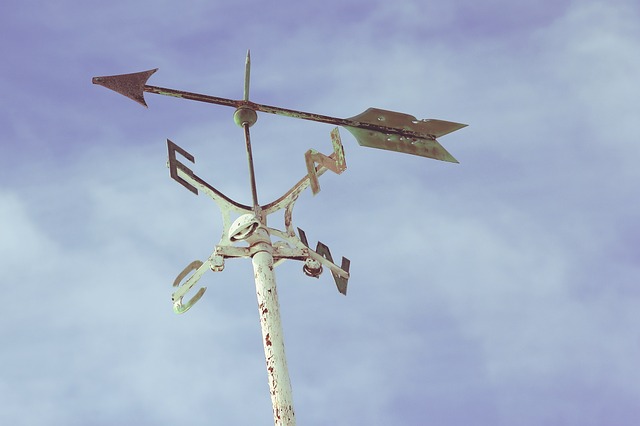
What angle should my solar panels be placed at?
Your solar panels should be north-facing (if possible) and tilted at an angle to the horizontal approximately equal to the property’s latitude. If we use Brisbane as an example, this is about 27°30″ south, which means that panels are usually tilted at either 26° or 30° (as these angles are easy to set out). When the subtropics are compared to places such as Sydney and Melbourne, the sun in winter is not as low and therefore panel orientation and tilt is not as essential. It can even be said that a satisfactory output can be obtained for the lowest cost option by placing panels flat on low-angle roofs (even if this means they do not face north) in the subtropics. Speak to your local solar professional for more information.
Don’t forget solar feed-in tariffs!
In Queensland, when your solar panels produce electricity and it isn’t used, this electricity is sent to the shared energy grid. For every kWh of power that your solar panel transfers, you will receive a rebate from your electricity provider (usually a few cents off your electricity bill). For reference, the minimum feed-in tariff in regional Queensland is 9.369/kWh, while residents of south-east Queensland (specifically those on the Energex network in and around Brisbane) receive a voluntary feed-in tariff that sits around the 10c/kWh – some suppliers provide even higher tariffs, around 16-20c/kWh, so make sure you shop around and compare the different providers and plans. There are also time-varying tariffs (you receive a different price for your solar output depending on the time of day), where rebates can be as high as 13.6c/kWh for peak hours and as low as around 7.3c/kWh for off-peak times (what is ‘on-peak’ and ‘off-peak’ can vary between providers). How you use your solar will be the deciding factor for what feed-in tariff arrangements suit you and your household best.
Fallon Solutions can help
If you have any questions, or would like one of our technicians to attend your property, give us a call on 1300 762 260 or complete an online enquiry form now. We would love to hear from you, so get in contact today!
Resources:
Queensland Government (Connecting your solar system to the grid): https://www.qld.gov.au/housing/buying-owning-home/energy-water-home/solar/connecting-solar-to-the-grid
Solar Calculator (The Effect of Orientation on Solar Output): https://solarcalculator.com.au/solar-panel-orientation/
Canstar Blue (A Guide to Solar Power in Queensland): https://www.canstarblue.com.au/solar-power/guide-solar-power-queensland/
Solar Quotes (Solar Panel Direction: Which way should my solar panels be facing?): https://www.solarquotes.com.au/panels/direction/
University of Queensland (Sunlight): https://solar-energy.uq.edu.au/about/weather-and-local-environment
